Maybe your toothbrushing routine goes something like this: You wet your brush, then squeeze a line of toothpaste along the length of the bristles, feeling some satisfaction from the way you’ve perfectly squeezed out the exact amount to go from end to end, like in a toothpaste ad. Then you start thinking, “Hmmm, that’s a lot of toothpaste,” and remember how much you paid for that tube, and you start doubting whether you really need all of that toothpaste to shine those pearly whites.
Even if your mind doesn’t wander aimlessly like this during your dental hygiene routine, there is a valid question that needs addressing here: Exactly how much toothpaste do you need to use when brushing? You might be surprised at the answer.
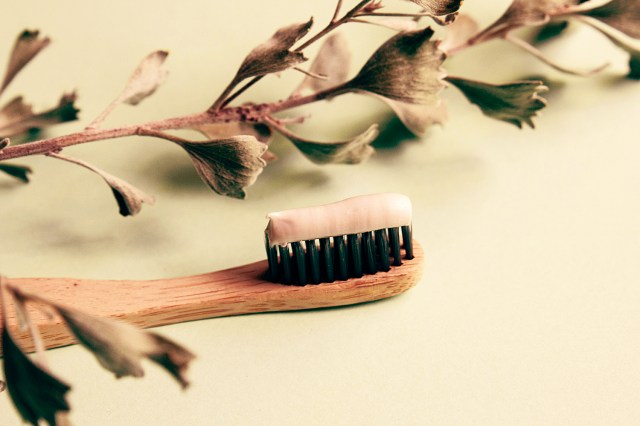
How Much Toothpaste Do You Really Need?
“Interestingly enough, you actually don’t need toothpaste at all! It turns out that the friction from brushing and flossing alone [is] enough to lessen the bacterial load, reduce plaque, and maintain a healthy smile,” Los Angeles dental hygienist Alyssa Matsuno Dessert, RDH, says. “Great news if you have an aversion to toothpaste, but most people prefer its use for that fresh, minty-clean feeling.”
Indeed, it’s hard to believe, but studies have shown that brushing without toothpaste is still effective. Even though their business is toothpaste, the dental experts at Colgate agree.
For those who can’t imagine going without a little dab of something on their toothbrush, Dessert recommends following the instructions on your toothpaste of choice. “If you are the toothpaste type, it’s important to follow the directions on the tube you purchase,” she says. “Most brands will suggest you use a pea-sized dab, while others will instruct you to use a 1-inch strip. Following the directions will help ensure the efficacy of the product.”
For children, the American Dental Association (ADA) advises parents to use toothpaste even more sparingly: From the time your child’s first tooth erupts until age 3, use only a smear the size of a grain of rice; then from ages 3 to 6, use a pea-sized amount of toothpaste. A 2019 study by the Centers for Disease Control and Prevention (CDC) found that almost 40% of children ages 3 to 6 were using excessive amounts of toothpaste, more than was advised by dental professionals. Swallowing too much fluoride toothpaste can cause discoloration of a child’s emerging teeth, leading to a condition called dental fluorosis.
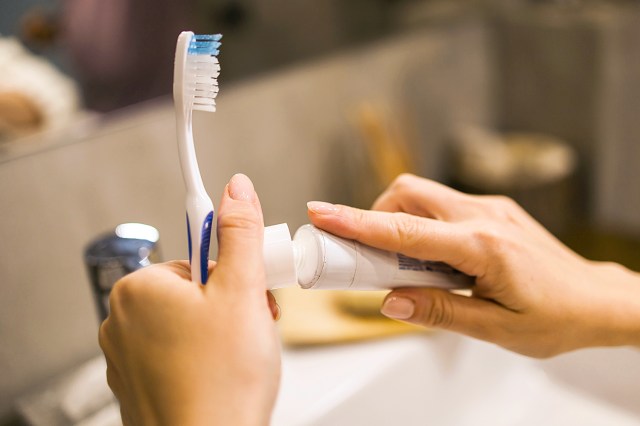
What Is the Best Toothpaste To Use?
“I always tell my patients that the best toothpaste is the one they enjoy using,” Dessert says. “With that said, there are many options and it’s always beneficial to tailor your choice to your needs. Flavor, common dental conditions such as sensitivity or decay, and seeking more natural options are all examples that may sway one’s decision.”
However, Dessert strongly urges consumers to look for an official seal of approval. “There is a seal many dental professionals will tell you to look for on the packaging. This is the ADA Seal of Acceptance, a seal designed to help consumers make decisions, as it implies that the product has undergone clinical or laboratory studies to support claims made with regards to safety and efficacy,” she explains.
“If you see this seal on the box, it means that money has been spent to provide research to back it up,” she continues. “So if you are looking for something like whitening or wondering if your toothpaste really provides tartar control, that seal will allow you to trust that whatever marketing claims are being made on the box, are in fact proven to be true. If you want less chemicals, there are many natural options as well, but a lot of these brands will likely not contain the ADA Seal of Acceptance.”
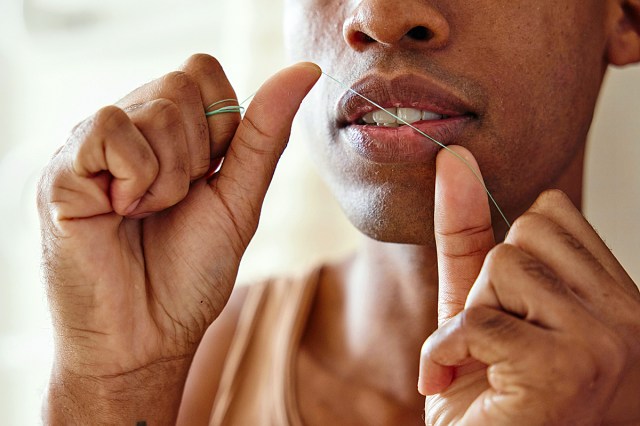
Do You Need Toothpaste With Fluoride?
Experts agree that fluoride toothpaste helps prevent tooth decay by remineralizing your tooth enamel and strengthening its resistance to acid attacks. It also helps to reverse early tooth decay. But Dessert cautions that relying on fluoride alone will not keep your choppers cavity-free. “Brushing your teeth [with fluoride toothpaste] is only one part of the picture,” she says. “It's important to visit your dentist and your hygienist regularly for checkups and cleanings. Relying on fluoride alone may not keep cavities at bay.”
Fluoride doesn’t have any negative side effects for adults. But you can still choose to go fluoride-free if you’d like. “If you opt out of a fluoride toothpaste, there are fluoride treatments that can be done in-office as part of your total care,” Dessert says. “Of course, an allergy or conditions like fluorosis (white spots on the teeth caused by overuse of fluoride) are reasons to avoid the use of additional fluoride.” Interestingly, fluoride has also been shown to reduce sensitivity, so if you’re concerned about your sensitive teeth, don’t skimp on the mineral. (Note: In order for a toothpaste to receive the ADA Seal of Acceptance, it must contain fluoride.)

Do You Need an Electric or Battery-Powered Toothbrush?
According to the ADA, manual and powered toothbrushes both remove plaque effectively, although for those with dexterity problems, such as people with disabilities, the elderly, or children, a powered toothbrush may make brushing easier. A powered toothbrush may also be easier to use, and more effective at cleaning, for those with dental appliances such as braces.
When it comes to manual toothbrushes, brushes with either multilevel bristles or angled bristles were found to be more effective at removing plaque than those with conventional flat-trimmed bristles. The ADA also recommends toothbrushes with soft bristles to avoid gingival abrasion, a condition caused by too-vigorous brushing. And as with toothpaste, when choosing a toothbrush, look for the ADA Seal of Acceptance that indicates that the product is both safe and effective for removing plaque and reducing gingivitis.
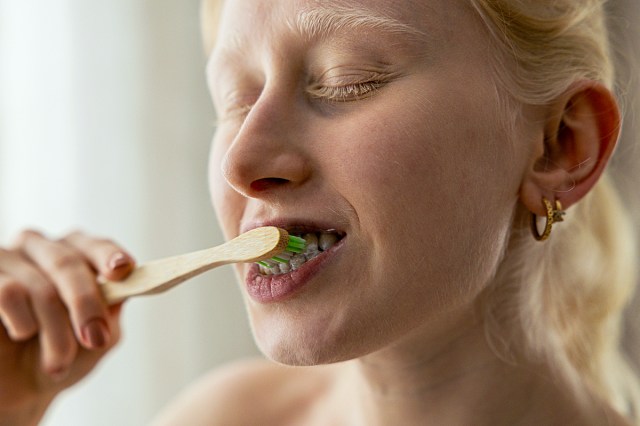
What Is the Proper Way To Brush Your Teeth?
“This is one of my favorite topics to address chairside, as I come across many patients who have never been taught the correct method. I myself didn't learn this until dental school and my mom’s a dentist!” Dessert says.
“When brushing, you want to angle your toothbrush 45 degrees and brush into the gums using a small circular motion and light pressure,” she explains. “Aggressive brushing with too much pressure can be damaging and commonly leads to recession, a condition where gums are actually being brushed away, causing heightened sensitivity and exposing the root surface of your teeth.” You also want to avoid brushing horizontally, and be sure to brush your teeth for a full two minutes, two times a day, preferably in the morning and at night before bed.
This article is for general informational purposes only.
Affiliate Disclaimer Medical Disclaimer



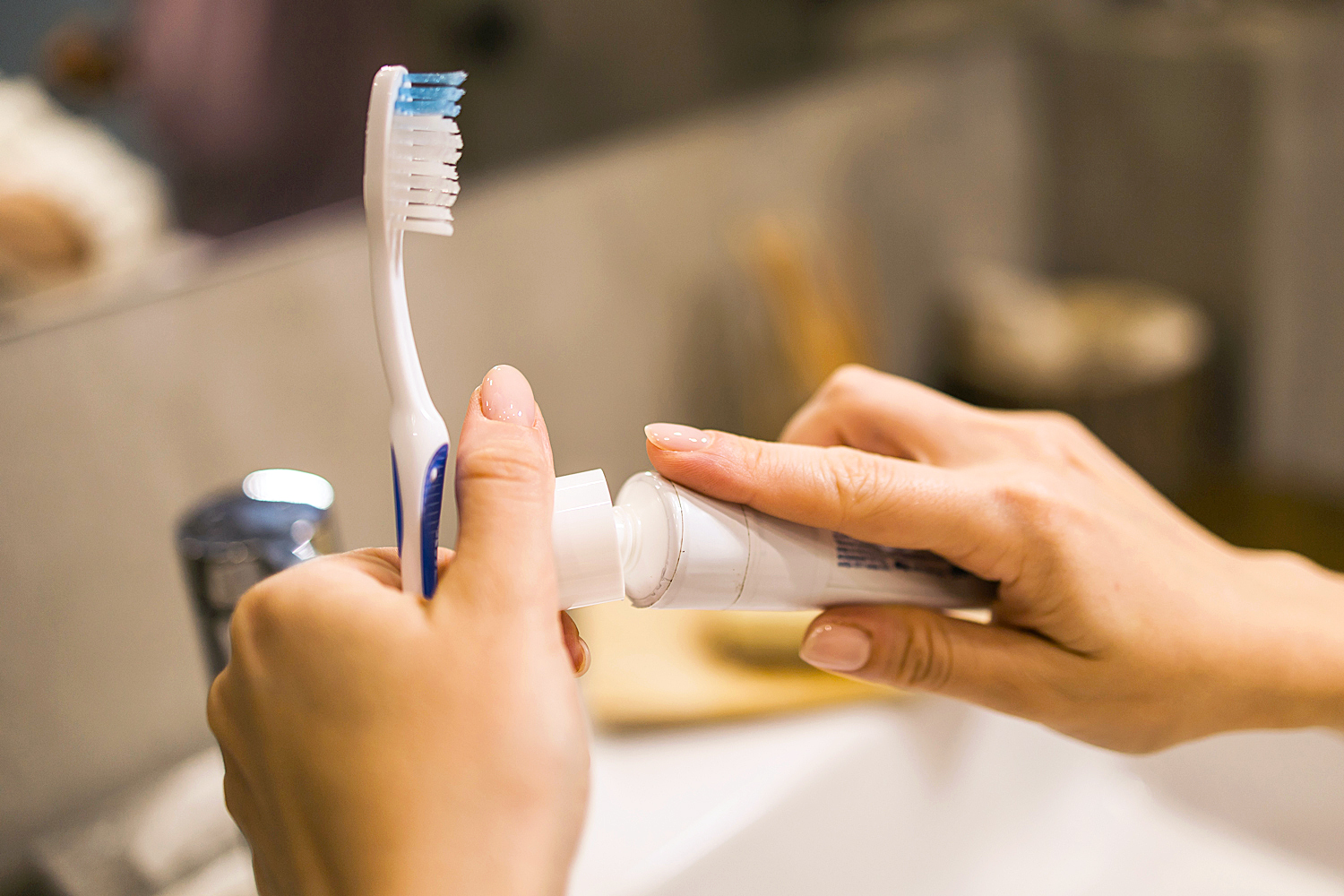
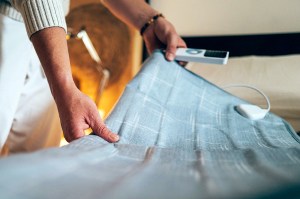
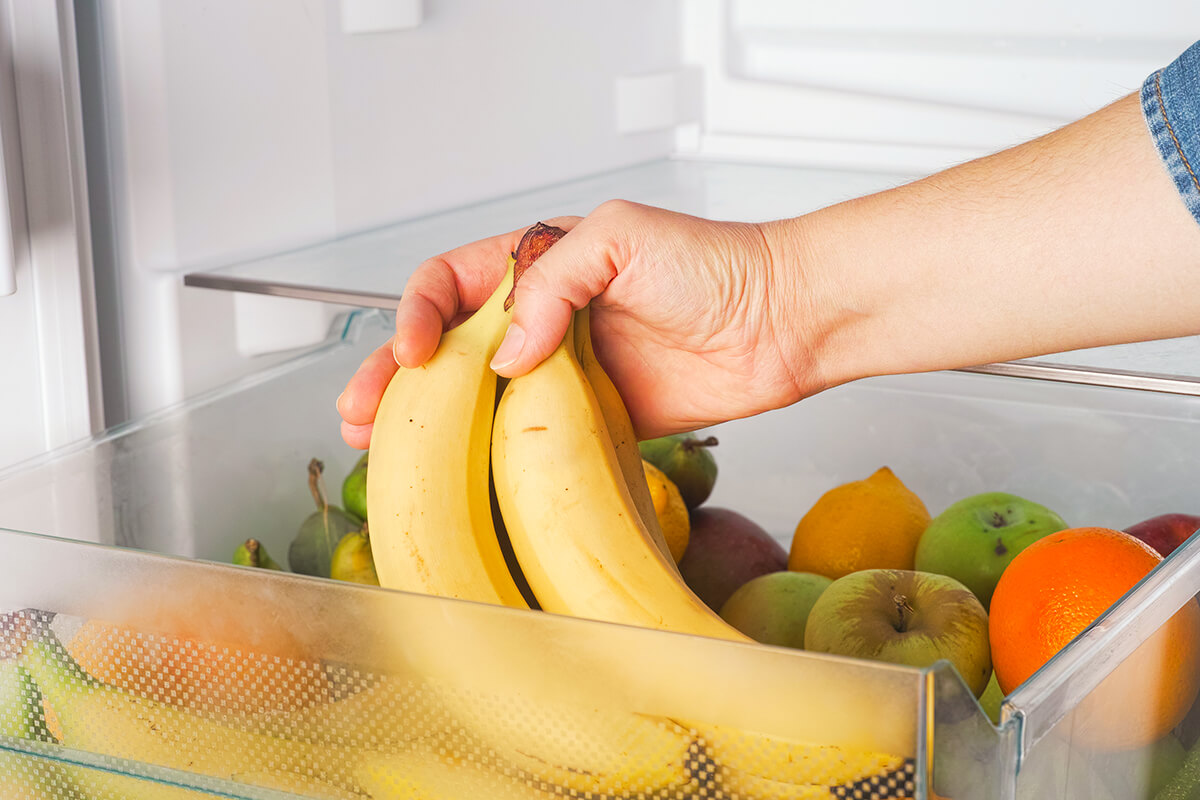
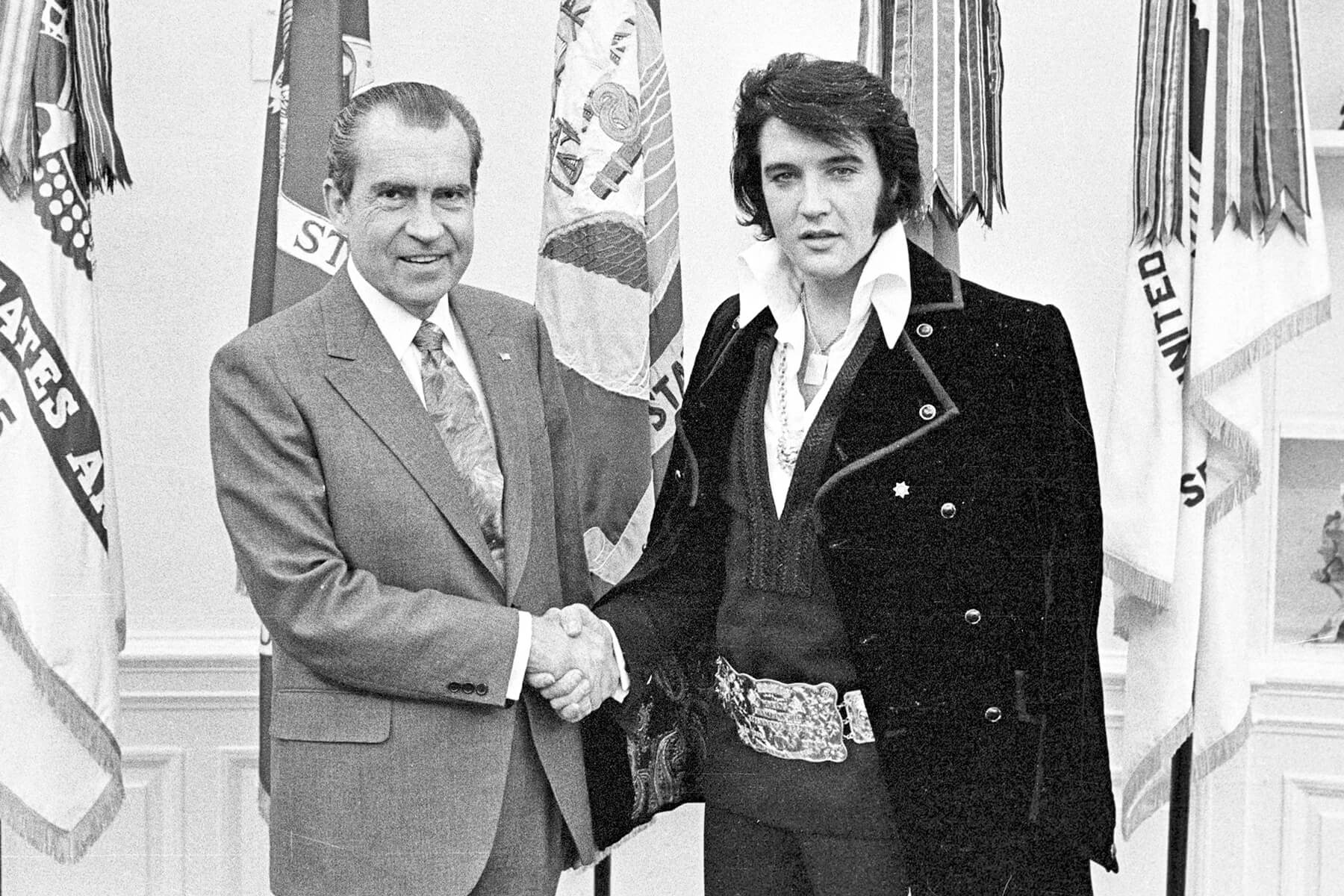
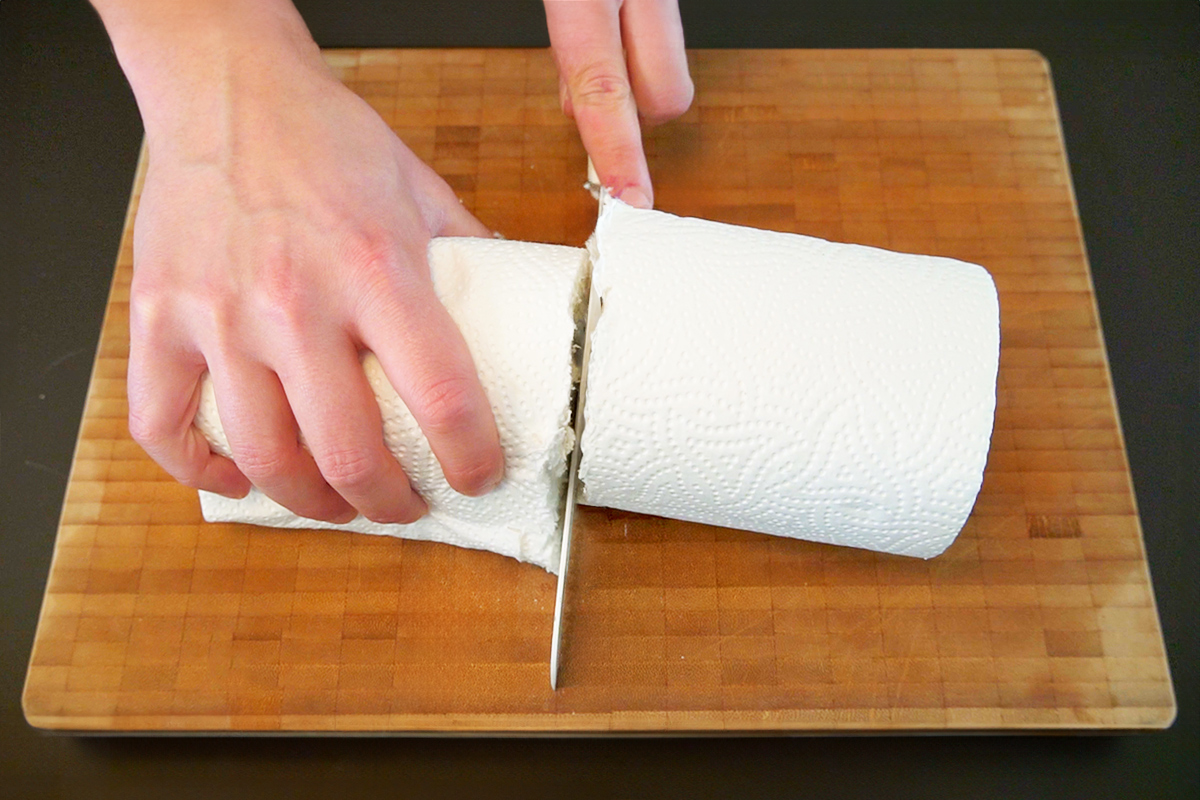

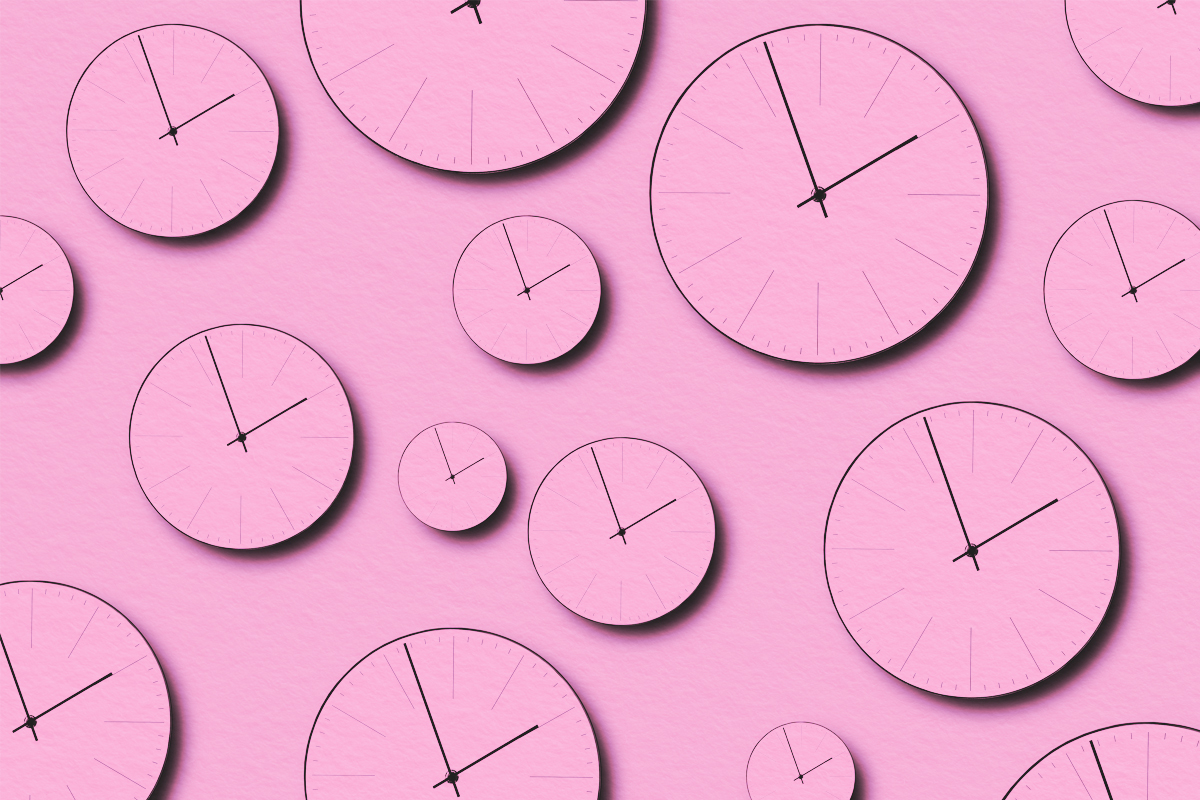
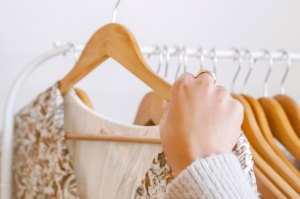

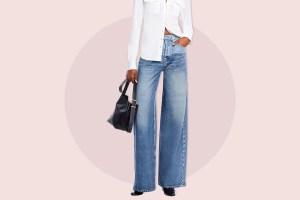
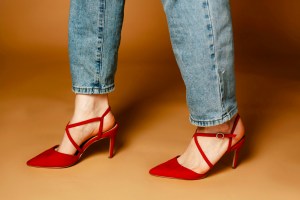
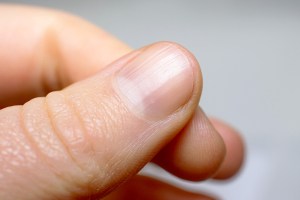

 Unique Beauty is free for all users.
Unique Beauty is free for all users.